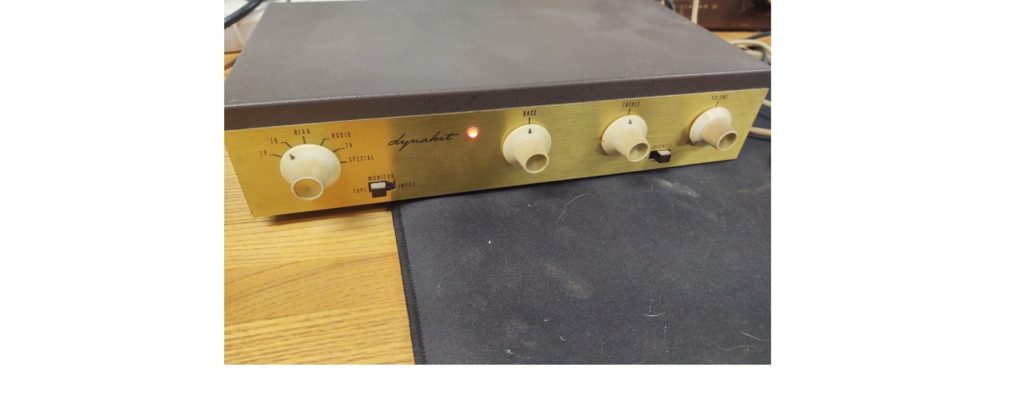
We mark the birth on November 7, 1926 – 96 years ago today – of the dramatic coloratura soprano Dame Joan Alston Sutherland, in Sydney, Australia. She died on October 10, 2010, in Montreux, Switzerland at the age of 83.
I want you all to know upfront that Joan Sutherland was the first singer on whom I had a major crush, both because of her stupendous voice (hey: she wasn’t called “La Stupenda!” for nothing) and for reasons to be described below.
In this post I will be using the occasion of Ms. Sutherland’s birth to not just talk about her extraordinary talent, but to wax nostalgic, for which I trust you’ll indulge me. While that nostalgia might dominate this post, be assured that tomorrow’s Dr. Bob Prescribes post will be dedicated entirely to Joan Sutherland’s artistry and recordings.
Records and Record Players

I’m going to talk about “sound reproducing equipment” for a bit. Please: though it might, momentarily, appear that I am geeking out here, I am – in fact – not. Because for people of a certain age, our records and the gear on which we played our records were for our younger selves (and perhaps our older ones as well) an essential, irreplaceable part of our lives.
Like most kids born around the time I was (1954), I (actually we: my brother and I) had a portable record player on which we played the 45-rpm records our family bought for us. The two records I remember as being my six-or-seven-year-old self’s favorites were Shadrach, Meshack & Abednego and Gerald McBoing-Boing at Professor Wumple’s Music School. Thanks to the world-wide-web, I found both recordings online and offer up links below!
The Wanderers: Shadrach, Meshack & Abednego (recorded 1959).
Gerald McBoing-Boing at Professor Wumple’s Music School (circa 1957):
I remember feeling that there was magic in those records, with their tiny grooves somehow containing music. And I was mesmerized by the record player itself: the tone arm swinging back-and-forth, the spinning turntable and, of course, the music that came out of the thing. It was the best toy I ever owned!
Downstairs, in the living room, my parents had a somewhat higher fidelity record player, not at all unlike the one pictured below.

My parents had an eclectic mix of records: “classical” (mostly orchestral), jazz (mostly piano players), Broadway shows, lots of Frank Sinatra and Tony Bennett, and lots of Joan Sutherland (more on those Sutherland recordings in a moment).
And then came 1965. For the wonderful musical satirist and math professor Tom Lehrer, 1965 was “That Was the Year That Was.” For the Greenberg family at 11 Belhurst Lane in Willingboro, N.J., that was the year we went from being technologically deficient to the techno-forefront! Because that was the year we got our first color TV (an RCA) and the year that my father (who was a fine musician in his own right) upgraded to what we all considered, at the time, to be a high-fidelity system: a monaural rig consisting of Dynakit/Dynaco tube preamplifier and amplifier, a Garrard turntable, and a single Acoustic Research AR2 speaker.



It was a rather crude system by modern standards, but considering what we were coming from (the “record player” above!), it was a revelation, and the pleasure it gave my father could not have been greater had it consisted of Wilson Audio WAMM Master Chronosonic Speakers (at $850,000 a pair), Ultrasound Otello amplification (at $650,000) and a Goldmund Reference II turntable (a relative bargain at $250,000).
(However, let it be noted that the pleasure I myself would receive from the equipment just mentioned would indeed exceed what I felt listening to my father’s system. So should any of you have any of that rather pricey gear hanging about unused and unwanted, you will let me know.)
To the point. As often as not on Sunday afternoons, particularly during the winter, I would find my father on the living room couch, listening primarily to opera singers on his new semi-hi-fi. Not to operas, per se, but to albums of arias. Far and away, the singer whose albums he listened to the most – and I know this because I listened with him – was Joan Sutherland. The result, for me, was that Joan Sutherland’s was the first operatic voice I got to know well, a voice that became – for the younger me – the benchmark of what an operatic soprano was supposed to sound like.
Admittedly, as a kid, I had no reference point for what a coloratura soprano (FYI, an operatic soprano who specializes in music distinguished by its virtuosity) was supposed to sound like. I was completely ignorant of other extraordinary contemporary coloraturas, an amazing bunch of singers that included Maria Callas, Renata Tebaldi, Beverly Sills, Lucia Popp, Elizabeth Schwarzkopf, Margaret Price, Monserrat Caballé, and Leontyne Price.
So: when it came to the female voice, the 11-year-old me didn’t know you-know-what from Shinola, but I still understood – at a gut level – that Joan Sutherland was, well, stupendous.
What I heard was a voice that even I could recognize as being the size of an Olympic swimming pool. …
Continue reading, and listen uninterrupted, only on Patreon!
Become a Patron!Subscribe to the Music History Monday Podcast
Podcast: Play in new window
Subscribe: Apple Podcasts | Spotify | Pandora | iHeartRadio | RSS | More
